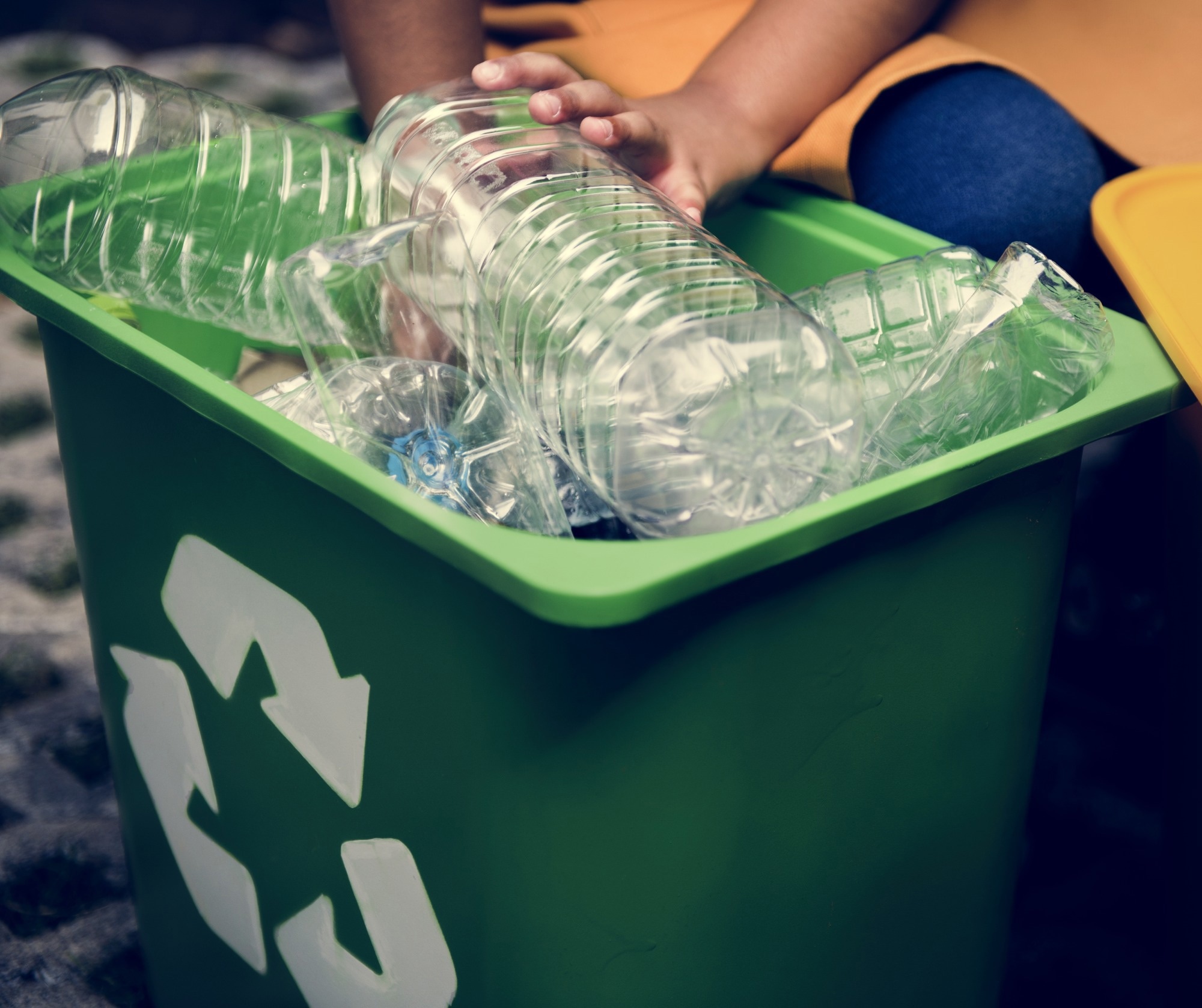Reviewed by Sarah KellyOct 28 2025
Using synchrotron technology, common plastics could be transformed into powerful single-atom catalysts, capable of boosting clean energy and water purification.
 Study: Salt-templated transformation of waste plastics into single-atom catalysts for environmental and energy applications. Image credit: Rawpixel.com/Shutterstock.com
Study: Salt-templated transformation of waste plastics into single-atom catalysts for environmental and energy applications. Image credit: Rawpixel.com/Shutterstock.com
A new study has shown that plastics could be transformed into valuable carbon nanomaterials, rather than being discarded, potentially helping to solve energy and environmental challenges.
Long-lasting, hard to recycle, and increasingly polluting our land and seas, plastics are one of the most enduring waste challenges globally.
A research team based at Adelaide University has demonstrated a universal and scalable method to upcycle common plastics, including polyester, polyvinyl chloride, polyethylene, and polypropylene into single-atom catalysts (SACs). Their findings have been published in Nature Communications.
These sophisticated materials feature metal atoms that are anchored and isolated in a graphene substrate, which enhances their efficiency in chemical reactions. SACs derived from plastic waste exhibited remarkable performance in breaking down various micropollutants in water and advancing clean-energy technologies, including batteries and fuel cells.
At ANSTO’s Australian Synchrotron in Melbourne, researchers used X-ray Absorption Spectroscopy to investigate the atomic-scale structure of the catalysts. The findings confirmed that the metals did not aggregate into nanoparticles but were instead distributed as single atoms, chemically bound in the carbon framework in an optimal coordination environment: the key to the outstanding performance.
This project highlights how advanced characterization at the Synchrotron enables breakthroughs in sustainability. By revealing the atomic structure of these new catalysts, we helped the team understand why they work so well and how to scale the method. The XAS technique is a uniquely powerful tool in studies like these, because it can clearly distinguish between nanoparticles and truly single-atom sites, and we are seeing a surge in demand from researchers worldwide working in this area.
Dr. Bernt Johannessen, Senior Scientist and Study Co-Author, ANSTO
First author Dr Shiying Ren added that their work proves that plastics can be a valuable resource for making advanced catalysts despite traditionally being considered an environmentally burdening waste product. They suggest the new approach provides a new opportunity for addressing plastic pollution and the demand for new materials.
What excites us the versatility of the method, it works across different plastics and mixtures, and produces advanced yet low-cost catalysts that can be applied in water purification, batteries, and beyond. The insights from synchrotron X-rays were essential in proving how the catalysts are structured and why they perform so well.
Xiaoguang Duan, Associate Professor and Study Lead Author, ANSTO
The study presents a powerful method for repurposing waste plastics into high-performance materials, promoting a circular economy and the development of next-generation clean technologies.
In contrast to many other recycling methods, this approach is effective across various plastics and their mixtures, yielding gram-scale outputs that indicate practical applicability.
The atomic insights enabled by ANSTO’s XAS Beamline were crucial in revealing this sustainable solution. By verifying that the metals existed as isolated single atoms, XAS delivered the necessary evidence to comprehend the effectiveness of these catalysts.
This is a great example of how our capabilities directly support high-impact sustainability research. The Adelaide group, led by Professor Shaobin Wang and A/Prof Xiaoguang Duan, are one of the most productive in the field, and our collaboration shows how synchrotron science can accelerate innovation in environmental and energy technologies.
Dr. Bernt Johannessen, Senior Scientist and Study Co-Author, ANSTO
This advancement is part of an expanding body of research conducted by the Adelaide team and the collaborators. In a related paper in News Communications, the researchers detailed a complementary salt-templated phase-change approach that generates an extensive array of single-atom and multi-atom catalysts with customized atomic environments.
Collectively, these investigations emphasize the potential for rational design of new materials for environmental and energy applications and the role of synchrotron characterization in facilitating this process.
Journal Reference:
Ren, S., et al. (2025) Salt-templated transformation of waste plastics into single-atom catalysts for environmental and energy applications. Nature Communications. doi.org/10.1038/s41467-025-63648-z.